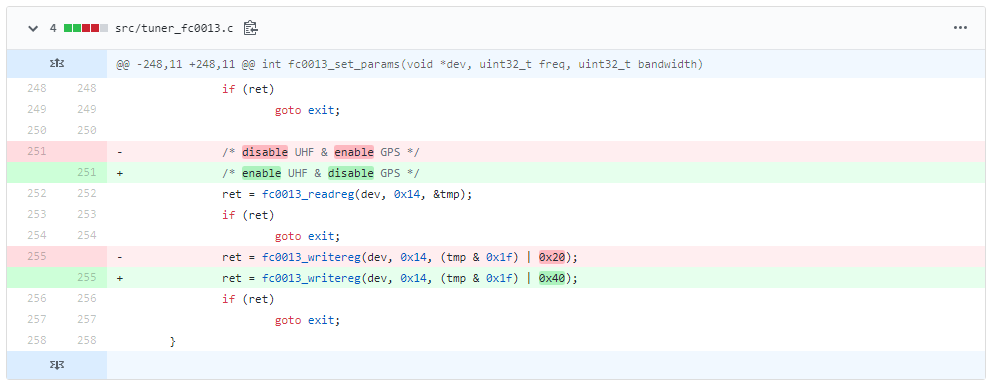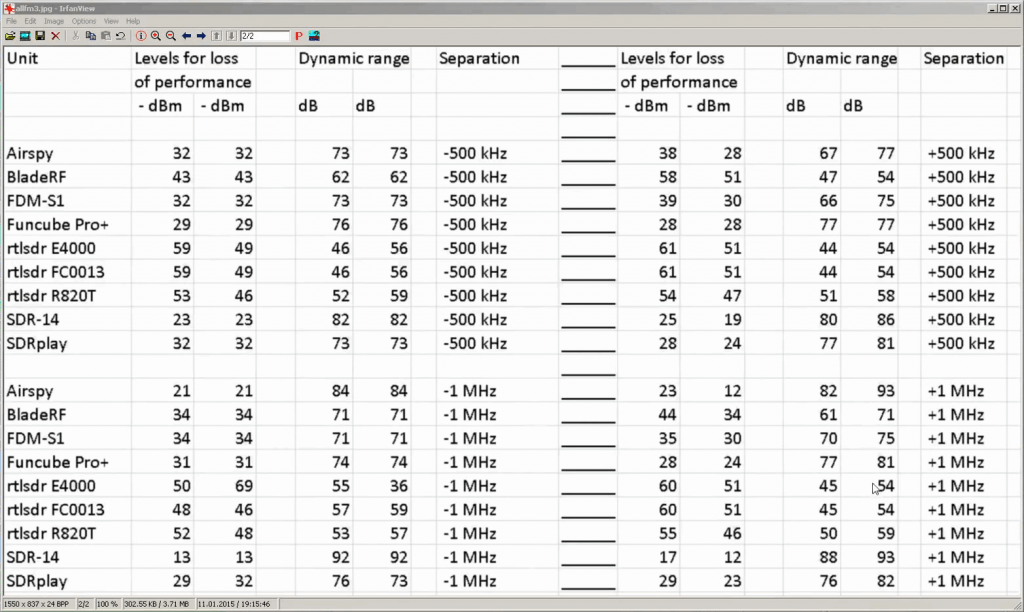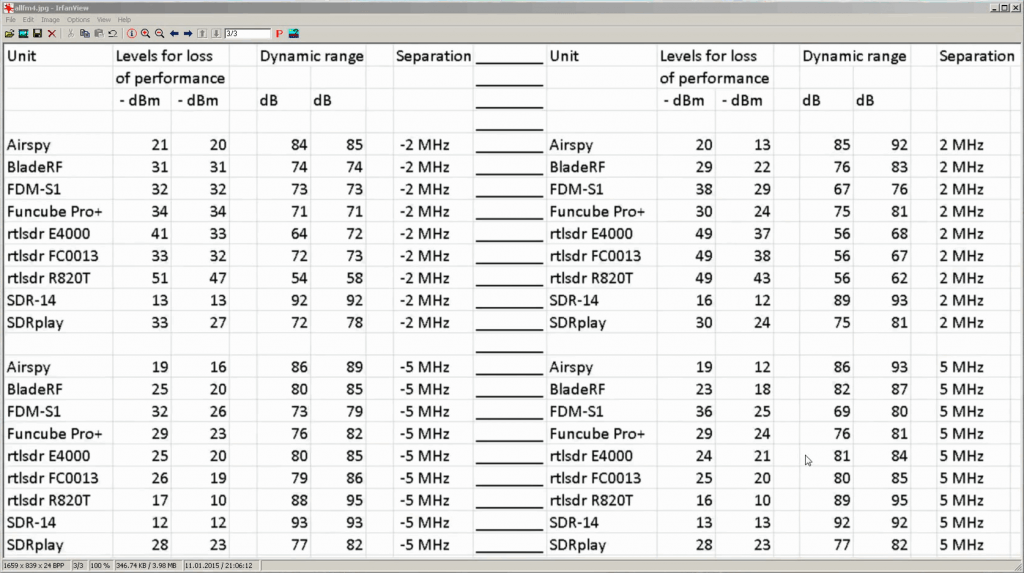Driver Patch for FC0013 RTL-SDRs Improves UHF and ADS-B Performance
Thank you to Benjamin Larsson for submitting news about a FC0013 tuner patch he's submitted for the Osmocom RTL-SDR driver code. FC0013 based RTL-SDRs have been relatively unpopular due to the reduced tuning range of only 22 - 1100 MHz, compared to the larger 24 - 1766 Mhz range provided by the R820T2 chip. However, they have been found in some cheaper units.
Benjamin's patch reportedly improves UHF performance above 862 MHz, and also seems to make ADS-B reception usable.
The patch was submitted to the Osmocom GitHub, however, this Git is not monitored as Osmocom have their own patch submission system via mailing list. But if you have a FC0013 dongle and want to try it, the entire change consists of only a single register value change which could easily be manually modified in the driver code before compilation.



